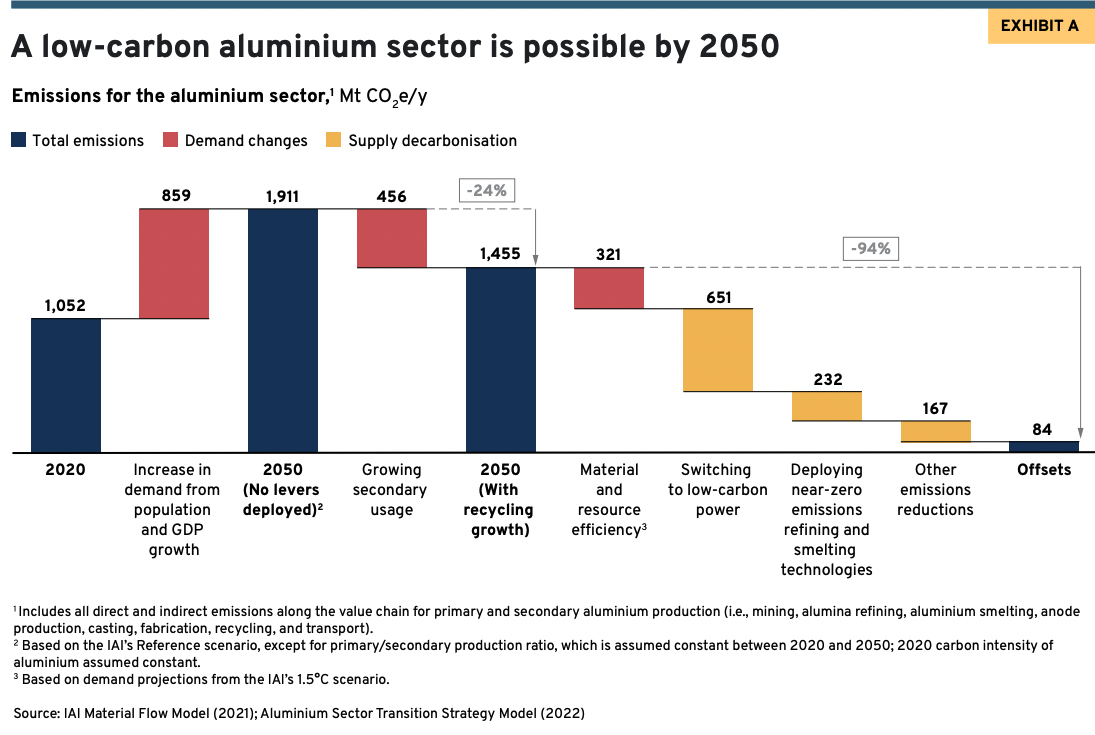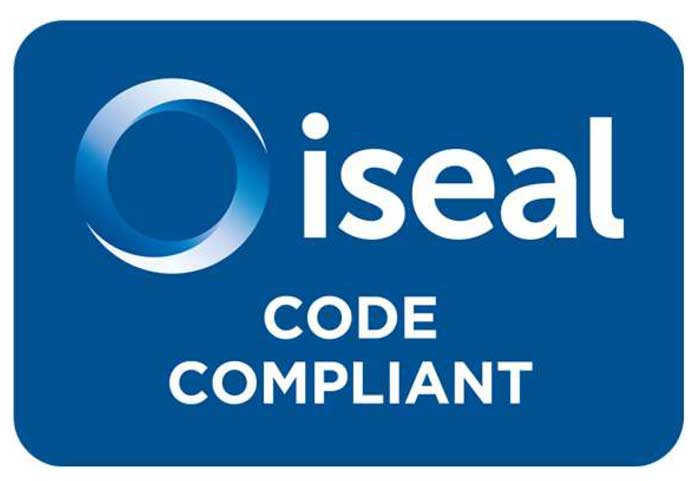ASI endorses Mission Possible Partnership’s Sector Transition Strategy for Aluminium sector
ASI supports Mission Possible Partnership plan for action in next 10 years to decarbonise key materials.
27 September 2022
The Mission Possible Partnership (MPP)’s Aluminium Transition Strategy is a plan that MPP underscores as ambitious but achievable, detailing what the global aluminium industry could look like in a zero-carbon world, and what is required to get there in terms of energy, infrastructure, financing, and policy.
Signatories to the report include ASI Members Alcoa, Aluminerie Alouette, Alumina Limited, Aluminium Association of Canada (AAC), Aluminium Dunkerque, Australian Aluminium Council, Ball, Companhia Brasileira de Alumínio, Constellium, Emirates Global Aluminium, European Aluminium, Hindalco Industries Ltd, Hydro, Novelis, and Rio Tinto.*
MPP’s strategy deploys a combination of low carbon power, new technology for smelters and refineries, increased recycling and improving material efficiency to drive rapid decarbonisation, while also meeting increased demand over the coming decades.
Priority is given to early emissions reductions from adoption of low carbon power in this decade, while bringing to market the technologies to achieve deep decarbonisation in the following decades. Today, the sector accounts for about two percent of global emissions and four percent of electricity consumption.
Matt Rogers, CEO of MPP said: “This Aluminium Transition Strategy is operationally relevant and industry-backed, not wishful thinking or pie in the sky. We know how to reduce emissions, initially deploying resources and technology available today. The imperative is to act now, in this decade: we’re working with industry, supply chains and finance to deliver the clear thinking and asset-by-asset plans to make net zero viable”.

*Participants have generally validated the model inputs and architecture and endorse the general thrust of the arguments made in this report but should not be taken as agreeing with every finding or recommendation.
SHARE THIS ARTICLE


